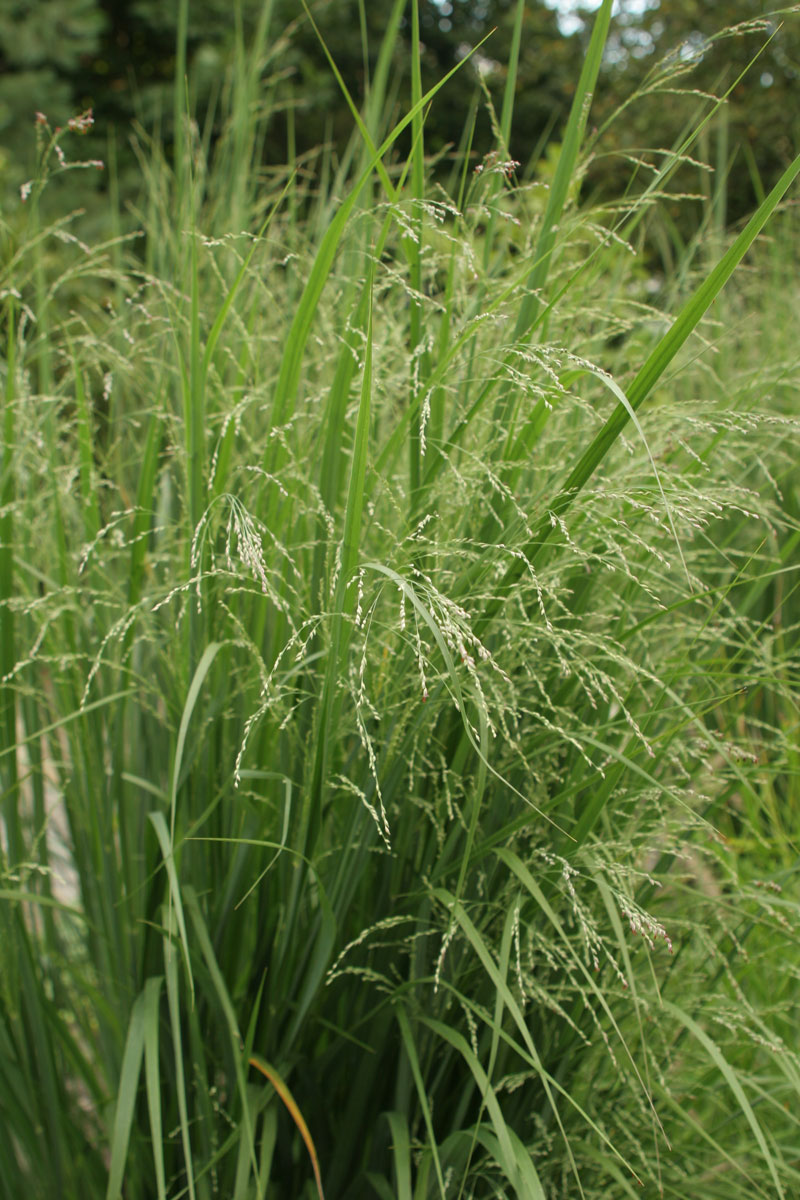
Photo/Illustration: Steve Aitken
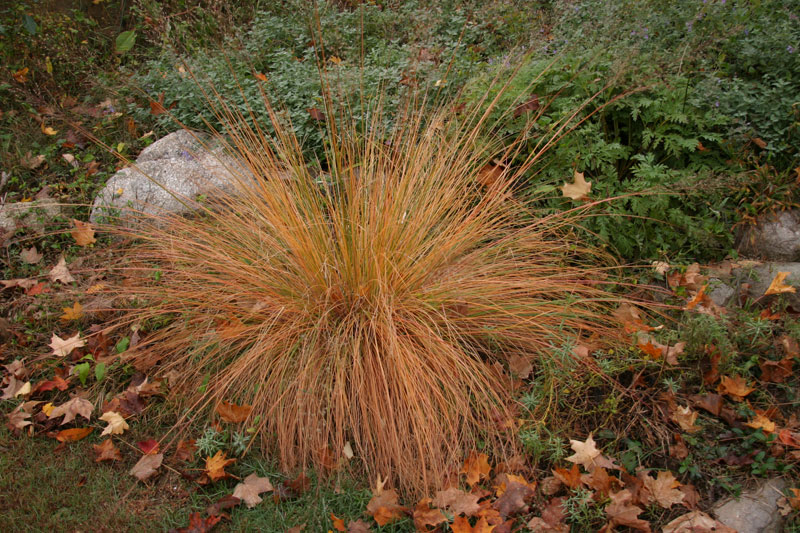
Photo/Illustration: Steve Aitken
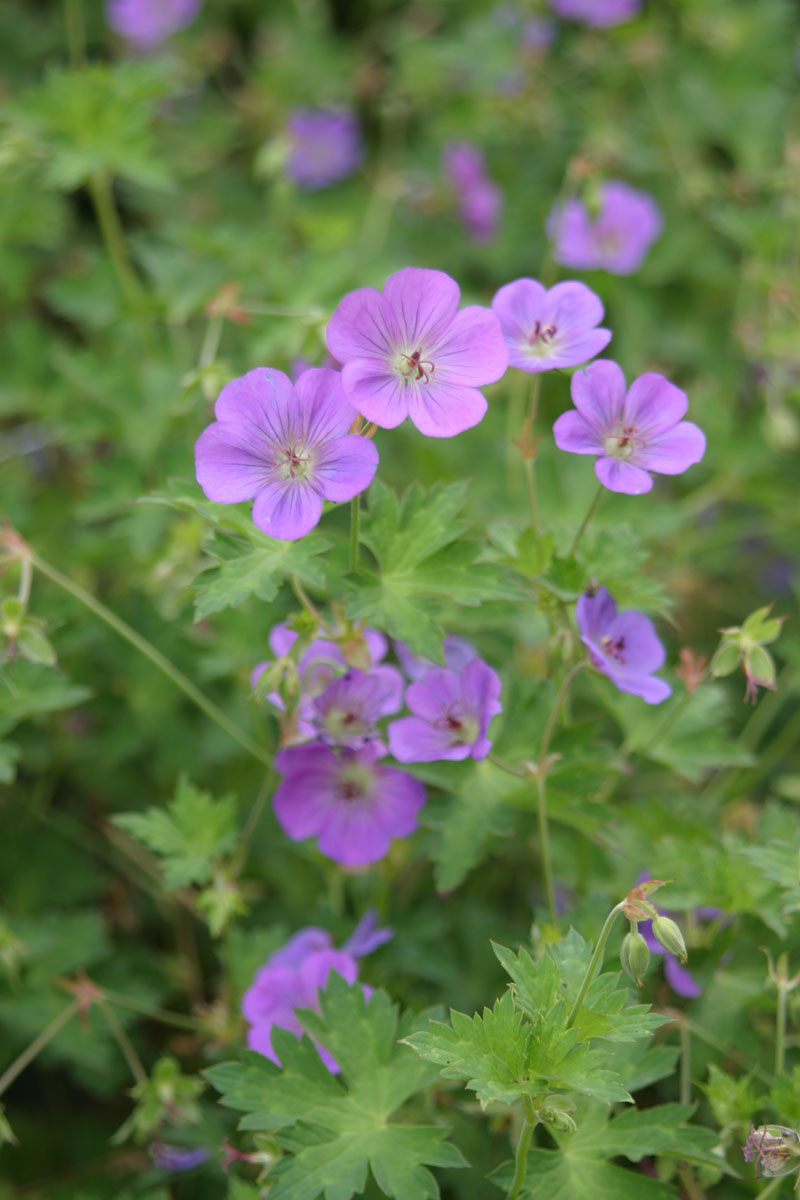
Photo/Illustration: Michelle Gervais
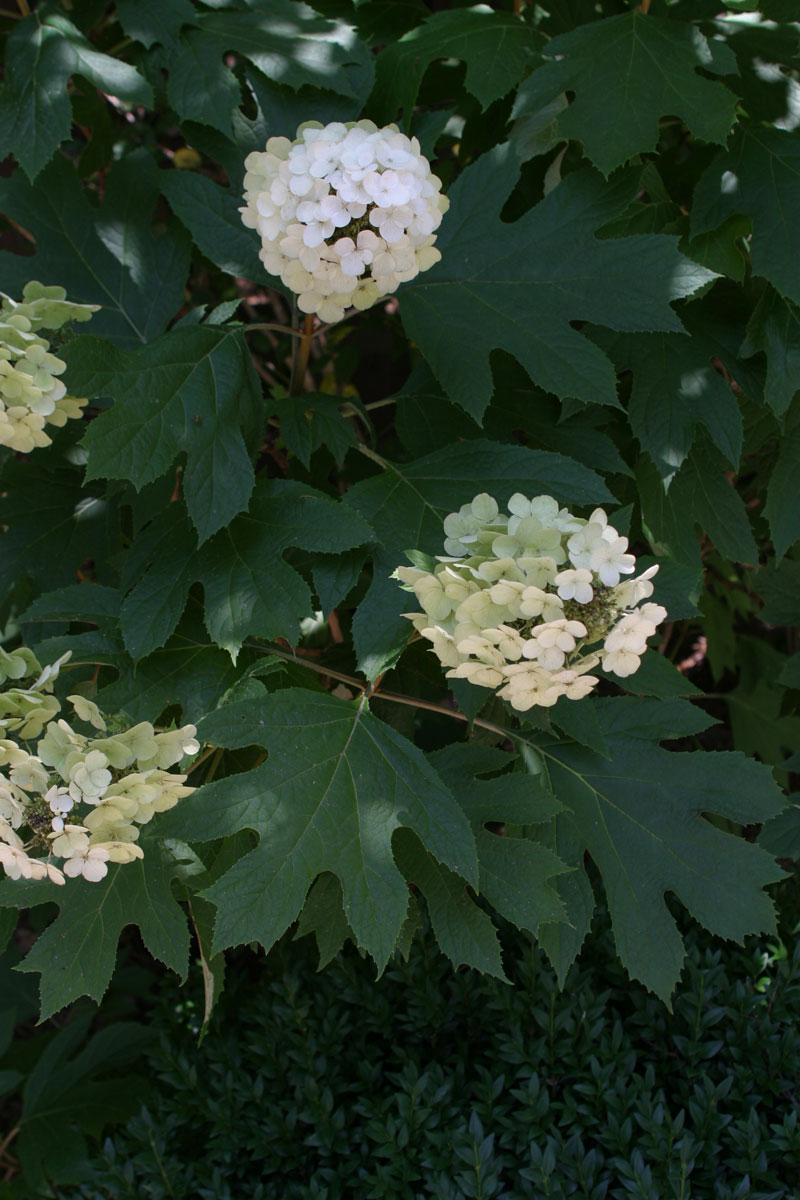
Photo/Illustration: Steve Aitken
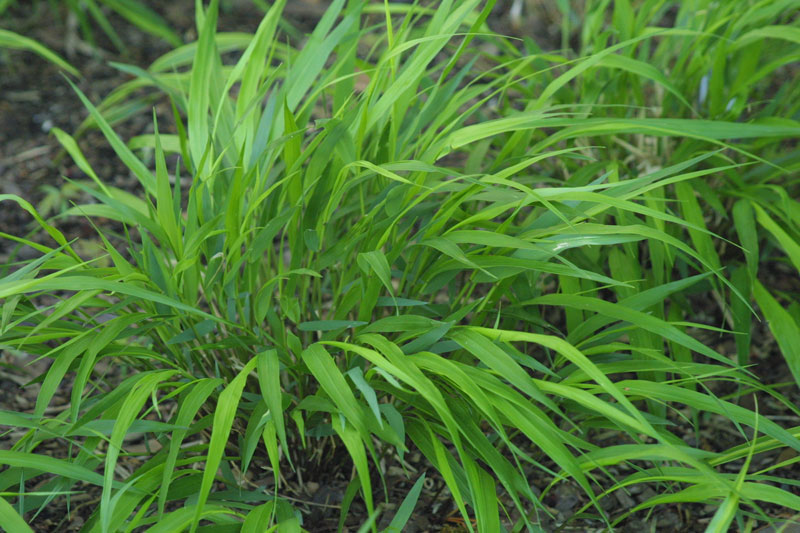
Photo/Illustration: Michelle Gervais
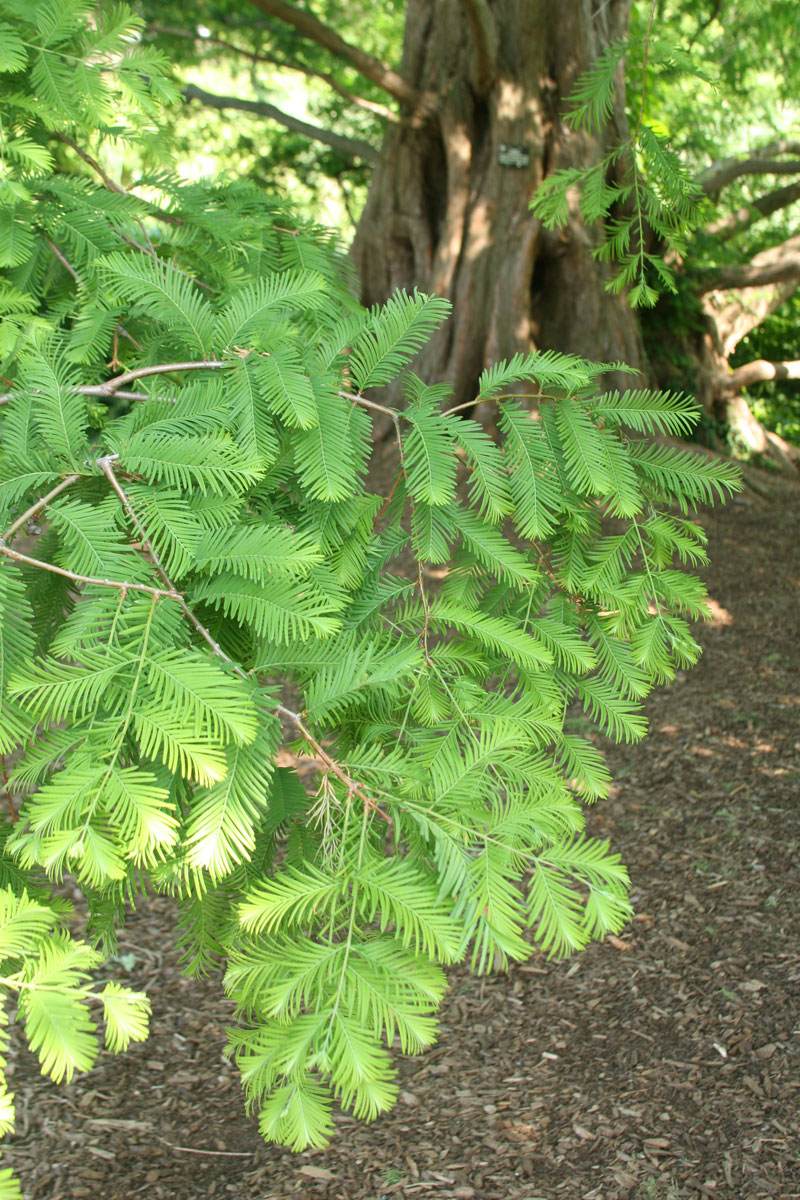
Photo/Illustration: Michelle Gervais
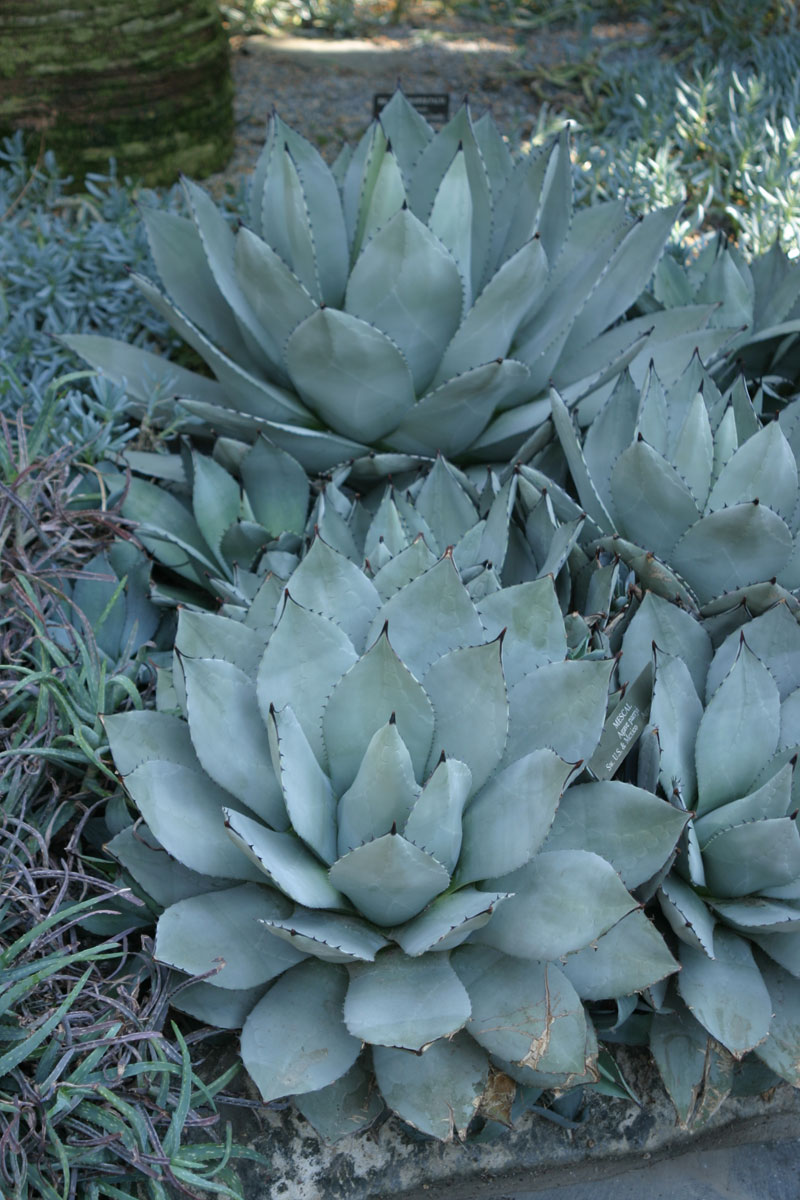
Photo/Illustration: Jennifer Benner
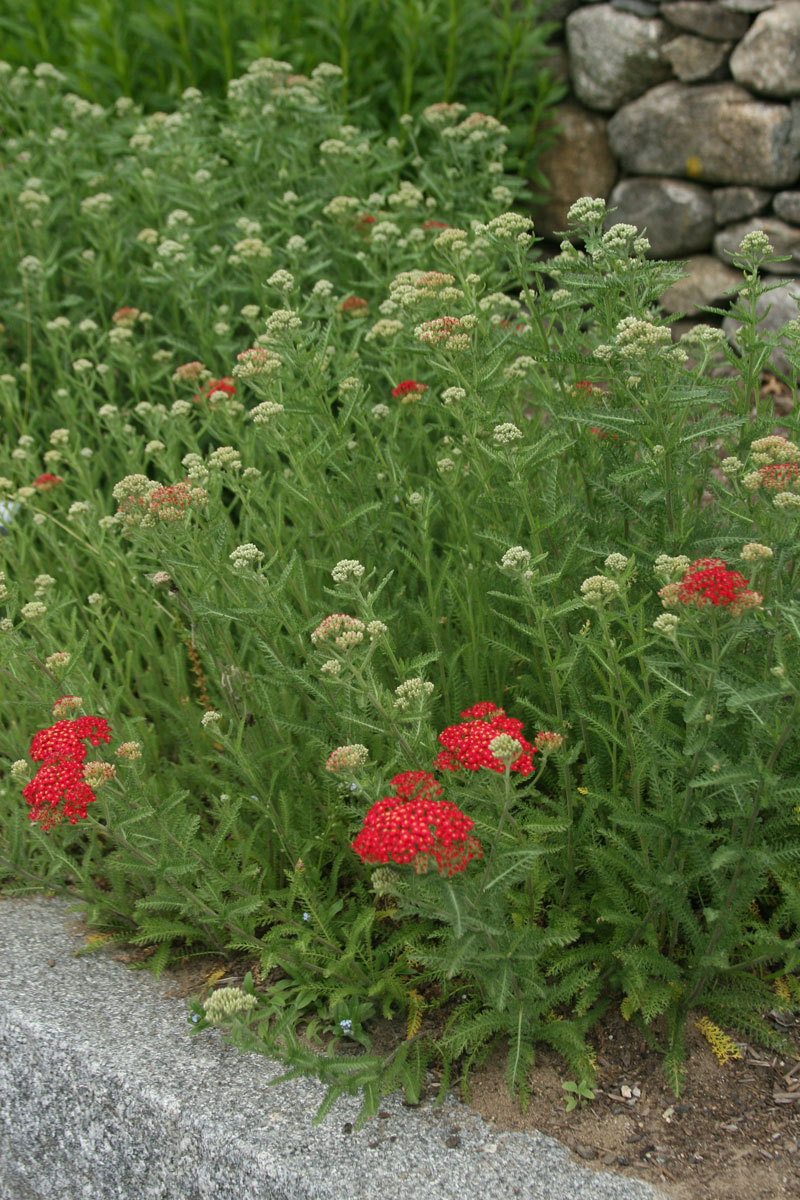
Photo/Illustration: Michelle Gervais
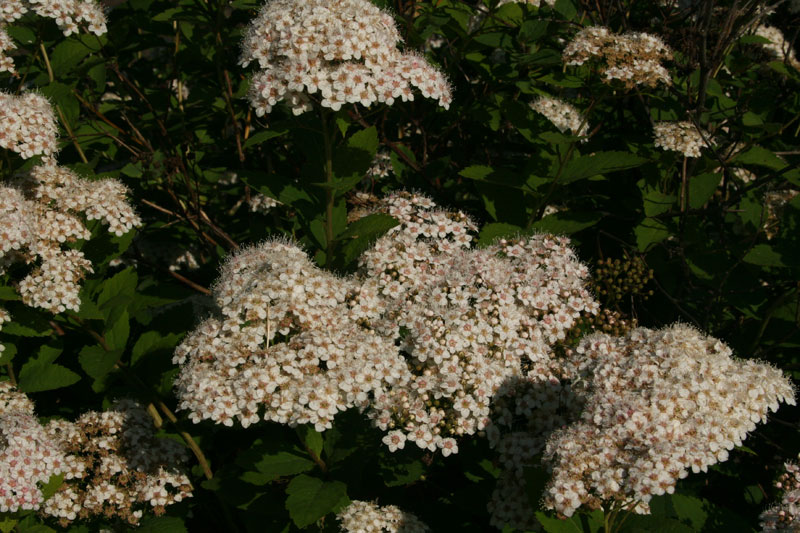
Photo/Illustration: Michelle Gervais
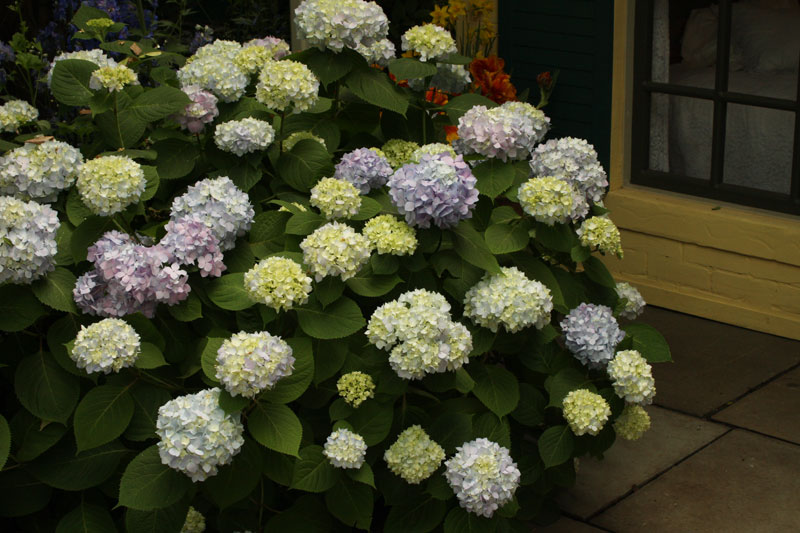
Photo/Illustration: Kerry Moore
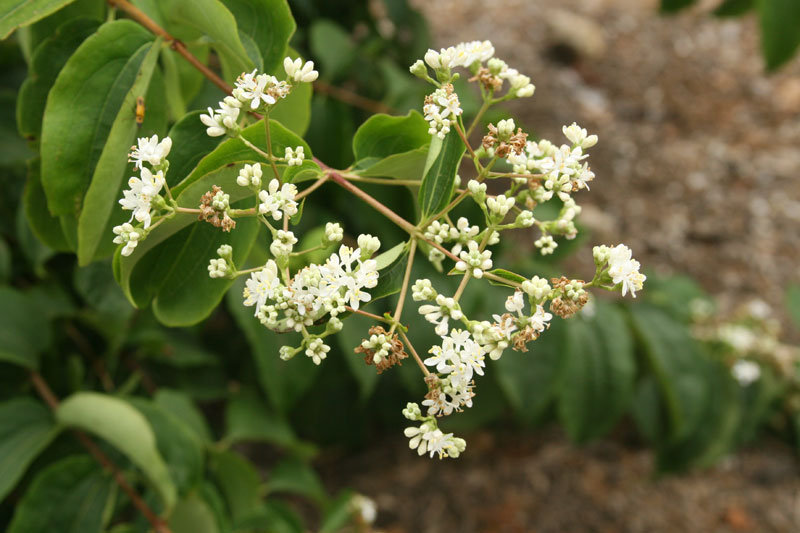
Photo/Illustration: Michelle Gervais
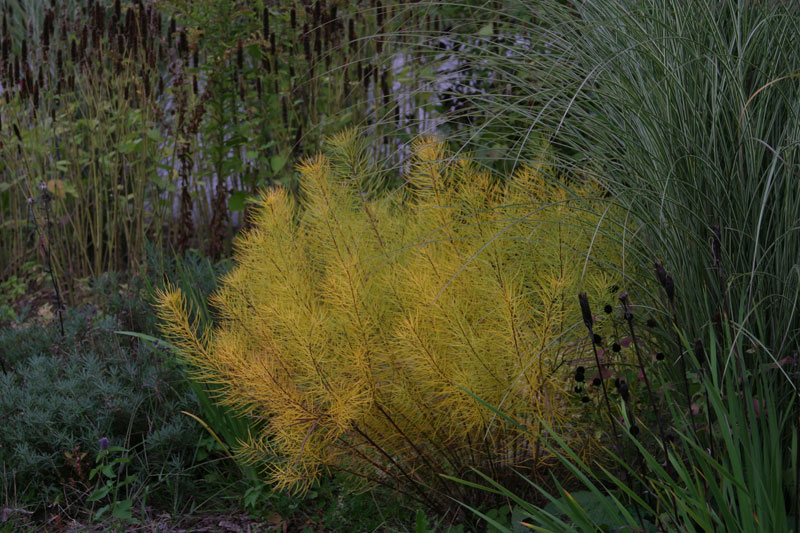
Photo/Illustration: Steve Aitken

Photo/Illustration: Steve Aitken

Photo/Illustration: Steve Aitken

Photo/Illustration: Michelle Gervais

Photo/Illustration: Steve Aitken

Photo/Illustration: Michelle Gervais

Photo/Illustration: Michelle Gervais

Photo/Illustration: Jennifer Benner

Photo/Illustration: Michelle Gervais

Photo/Illustration: Michelle Gervais

Photo/Illustration: Kerry Moore

Photo/Illustration: Michelle Gervais

Photo/Illustration: Steve Aitken
If you live in the Midwest, Northern Plains, or Southern Plains, check out the listings below for plants that are most likely to do well in your region.
See picks from other parts of the country…
MIDWEST
Jim Ault is the director of ornamental plant research at the Chicago Botanic Garden in Glencoe, Illinois.
 |
|
| Panicum virgatum ‘Northwind’ |
1. Lilium ‘Silk Road’ and ‘Northern Carillon’
Comments: One of the older orienpets and still one of the finest, with its huge white and crimson flowers and delicious fragrance.
2. Aster (Symphyotricum) oblongifolius
Comments: The best aster in my mind for its wonderful late flower display, clean foliage, drought tolerance. It’s also and deer and rabbit proof!
3. Spigelia marilandica
Comments: An underappreciated native plant for shade with dramatic tubular red and yellow flowers.
4. Baptisia ‘Starlite’
Comments: Okay, a complete bias on my part as this is my hybrid. But it may turn out to be the most floriferous, best-behaved (habit wise) false indigo for northern gardens.
5. Amelanchier canadensis or X grandiflora
Comments: My favorite small landscape tree; adaptable, graceful, smooth gray bark, great-tasting fruit to share with wildlife and excellent fall color.
6. Actaea pachypoda
Comments: Elegant, shade woodland native, with beautiful incised foliage and white berries dramatically displayed against red pedicels. Alas, poisonous.
7. Echinacea tennesseensis
Comments: Despite the explosion of hybrids in recent years, this coneflower is still my favorite; long-lived, compact habit, longest bloom season of any coneflower, perky upturned ray flowers.
8. Penstemon grandiflorus
Comments: Huge shell pink flowers and attractive bluish foliage on this native from the Great Plains. Tricky to grow east of the Mississippi, but worth the effort.
9. Panicum virgatum ‘Northwind’
Comments: Tightest, most upright selection of switch grass. Even Midwestern snowstorms won’t flatten it. Go with native grasses!
10. Schizachyrium scoparium ‘Carousel’
Comments: Another native grass, a compact, multihued selection that does not lodge.
11. Clethra alnifolia
Comments: Any selection other than ‘Hummingbird’ which with its low habit is rabbit fodder in the Midwest. Put your nose in the flowers of any selection. Inhale. Now try to walk away. You cannot, the sweet fragrance is that intoxicating. But be careful to not snort up a bee as you inhale.
Alan Branhagen is the director of horticulture at Powell Gardens in Kingsville, Missouri.
 |
|
| Hydrangea quercifolia |
1. Quercus alba
Comments: Queen of trees, leaves a lasting legacy to future gardeners and a healthy and bio-diverse environment.
2. Quercus muehlenbergii
Comments: Quintessential Kansas City signature native; ditto legacy above.
3. Cercis canadensis
Comments: The fresh breath of the spring woods reawakened.
4. Cornus florida
Comments: Long-lasting spring blooms like floating butterflies.
5. Hydrangea quercifolia
Comments: All-season garden beauty, flowers during the spring to summer.
6. Asimina triloba
Comments: If you grow pawpaws, you get tasty fruit you can’t buy, a tropical look, and Zebra Swallowtail butterflies.
7. Dicentra cucullaria
Comments: The first wildflower I remember, a great joy for children.
8. Rudbeckia hirta
Comments: Glowing gold to russet oranges capture the sunset.
9. Aster novae-angliae
Comments: The royal flush near the end of the season.
10. Verbena bonariensis
Comments: Butterfly heaven on a no-care plant.
11. Carya ovata
Comments: Those in the borrowed landscape are on borrowed time, doesn’t conform to nursery production.
Gene Bush is co-owner of Munchkin Nursery and Gardens in Depauw, Indiana.
 |
|
Hakonechloa macra |
1. Arisaema
Comments: Exotic, but easily grown. One for almost any environment.
2. Corydalis
Comments: One for every environment in the shade garden.
3. Ferns
Comments: Ferns with color, more than background.
4. Delphinium exaltatum
Comments: Best native delphinium that takes our heat and humidity.
5. Spigelia marilandica
Comments: Most showy native.
6. Helleborus X hybridus
Comments: Tissue culture names hybrids best selections.
7. Epimedium
Comments: Backbone plant to the shade garden.
8. Geranium phaeum ‘Samobor’
Comments: Really does well in shade, poor soils. Great foliage.
9. Hakonechloa macra
Comments: A great grass for shade gardens.
10. Hydrangea arborescens ‘Hayes Starburst’
Comments: Double blooms lasting months, grows in any environment.
Bert Cregg is an associate professor and extension specialist in the department of horticulture and forestry at Michigan State University in East Lansing, Michigan.
 |
|
| Metasequoia glyptostroboides |
1. Cercis canadensis
Comments: Nothing says spring like a redbud!
2. Metasequoia glyptostraboides
Comments: Great form, great story.
3. Taxodium distichum
Comments: Incredibly adaptable.
4. Chamaecyparis (Xanthocyparis) nootkatensis
Comments: Wonderful graceful plant.
5. Tsuga canadensis
Comments: Answers the question, “What conifer can I plant in shade?”
6. Pinus cembra
Comments: Never met one I didn’t like.
7. Pinus parviflora
8. Abies lasiocarpa var. arizonica
9. Ostrya virginana
10. Liriodendron tulipeifera
11. Nyssa sylvatica
Roy Diblik is co-owner of Northwind Perennial Farm in Burlington, Wisconsin.
 |
|
Sporobolus heterolepis |
1. Allium angulosum ‘Summer Beauty’
Comments: Great, deep green foliage, July flowers that are sterile.
2. Stachys officinalis ‘Hummelo’
Comments: Clean foliage, vertical spiked flowers, durable.
3. Sporobolus heterolepis
Comments: Soft texture, great airy seed heads.
4. Seslaria autumnalis
Comments: Silver/white spiked flowers, nice clump habit, inter-plants with everything.
5. Calamintha nepeta ssp. nepeta
Comments: Clouds of flowers end of July into October; sterile, no seeding.
6. Kalimeris incisa ‘Blue Star’
Comments: Beautiful mounds of soft blue daisy flowers in July and August.
7. Molinia caerulea ‘Moorhexe’
Comments: Upright growth habits, black stamens, see-through plant.
8. Salvia hybrid ‘Wesuwe’
Comments: First salvia to bloom, re-blooms quickly when pruned, upright grower.
9. Monarda bradburiana
Comments: Copper foliage at the tip of the plant, blooms early June. Great foliage, new growth copper color, blooms early.
10. Geranium sanguineum ‘Max Frei’
Comments: Great foliage, easy to plant with other plants.
11. Amsonia orientalis ‘Blue Ice’
Comments: Fills in nicely, nice low mounded growth habit. Soft purple low modest spreading habit, blue/ purple flowers, easy.
Contributing editor Richard Hawke is the plant evaluation manager at the Chicago Botanic Garden in Glencoe, Illinois.
 |
|
| Agave parryi |
1. Clematis ‘Madame Julia Correvon’
Comments: Amazing flower power and good strong red.
3. Fuchsia
Comments: LOVE, LOVE, LOVE, any fuchsia.
4. Agave parryi
Comments: Agaves could become an obsession.
5. Dicentra spectabilis
Comments: Old fashioned, but sums up spring for me.
6. Fritillaria persica
7. Hakonechloa macra ‘Aureola’
Comments: Or just about any of the color forms.
8. Hydrangea anomala ssp petiolaris
9. Stachys byzantina ‘Big Ears’
Kelly Norris is a horticulturist and author who has contributed to Fine Gardening magazine. He lives in Ames, Iowa.
| Heptacodium miconioides |
1. Dirca palustris
2. Lespedeza thunbergii ‘Samindare’
3. x Alcalthaea suffrutescens ‘Park Allee’
4. Helenium amarum ‘Dakota Gold’
5. Ipomoea purpurea ‘Sunrise Serenade’
7. Silene ‘Rockin’ Robin’
8. Sedum ‘Purple Emperor’
9. Iris typhifolia
10. Kolkwitzia amabilis ‘Miradco’ (Dreamcatcher)
11. Rudbeckia subtomentosa ‘Henry Eilers’
Bobbie Schwartz owns the landscape design company Bobbie’s Green Thumb in Shaker Heights, Ohio.
 |
|
| Geranium ‘Rozanne’ |
1. Calamagrostis X acutiflora ‘Karl Foerster’
Comments: Year-round interest, early-blooming ornamental grass, minimal maintenance; full sun best, deer resistant.
2. Acer palmatum ‘Viridis’
Comments: Relatively small, weeping Japanese maple; beautiful form and foliage; dark red in spring, green in fall, bright orange in fall; branches look like sculpture in winter when covered with snow; some pruning needed to keep sculptural form; partial shade.
3. Geranium ‘Rozanne’
Comments: Long-blooming, blue perennial; attractive foliage; self deadheading; no maintenance; full sun; deer resistant.
4. Rosa oso ‘Easy Paprika’
Comments: Smaller rose that is disease free and pest resistant; bright orange fades to creamy orange as it ages; minimal maintenance; full sun.
5. Hibiscus ‘Pinot Noir’
Comments: Large ruby red flowers but only 2 ft. high; very late to foliate so don’t give up and think that it’s dead; blooms July until frost; full sun with at least average moisture.
6. Hydrangea serrata ‘Midoriboshi Temari’
Comments: Lacecap with pink or blue flowers depending on soil pH; long blooming; needs moisture and east or north exposure.
7. Thujopsis dolobrata ‘Nana Variegata’
Comments: Evergreen with unusual texture; variegation can be cream (in shade) or white (in sun); stays relatively small; extremely drought tolerant.
8. Sedum rupestre ‘Angelina’
Comments: Groundcover type that is bright yellow most of year with orange tinge in winter; minimal maintenance; color even without flowers, although it does have yellow flowers.
9. Physocarpus opulifolius ‘Diabolo’
Comments: Large deciduous shrub with purple foliage, pink flowers in spring, attractive pink deadheads in summer, orange foliage in fall; very drought resistant; best in full sun.
10. Heptacoldum miconiodes
Comments: Small (15- to 20-ft.) tree with exfoliating bark; white flowers in late August/September, rosy pedicels in September/November; very adaptable; drought tolerant; full sun to light shade.
11. Carex morrowii ‘Ice Dance’
Comments: Rhizomatous ornamental sedge that is an excellent groundcover in partial to almost full shade; variegated foliage; extremely drought tolerant but also happy in moist soil; minimal maintenance.
NORTHERN PLAINS
John Fech is the extension educator for University of Nebraska Cooperative Extension as well as an author and horticulturist. He resides in Omaha, Nebraska.
 |
|
| Achillea millefolium ‘Paprika’ |
1. Salvia guaranitica ‘Black and Blue’
Comments: Durable, creates a great color combination with other plants.
2. Vinca rosea ‘Pacific Red’
Comments: Great for containers, adaptable for most sites.
3. Taxodium distichum
Comments: Adaptable to wet or dry soils, few pests.
4. Ginkgo biloba
Comments: Tough as nails, all the leaves drop in one week.
5. Viburnum plicatum ‘tomentosum’
Comments: Great floral display, few pests.
6. Viburnum lantana ‘Mohican’
Comments: Great floral display, few pests.
7. Cornus mas
Comments: Blooms in early spring when spring fever is strong and is a durable plant.
8. Bergenia cordifolia
Comments: Great during the growing season, great in fall/winter for purple coloration.
9. Achillea millifolium ‘Paprika’
Comments: Awesome for hot sites, cut back for re-blooming.
10. Quercus rubra
Comments: Few pests, great fall color.
Luann Finke is the owner of Finke Gardens in Lincoln, Nebraska.
 |
|
Spiraea fritschiana |
1. Buxus ‘Green Velvet’
Comments: The evergreen I can’t be without, none easier in more places.
2. Viburnum ‘Judd’
Comments: Fragrant, structure, durability.
3. Ginkgo biloba ‘Autumn Gold’
Comments: Durable, strong, striking and beautiful.
4. Panicum virgatum ‘Northwind’
Comments: Upright form, never flops, fast grower, great foliage color.
5. Rhamnus ‘Fineline’
Comments: Narrow form, textural interest, durable, wide adaptability.
6. Rosa ‘Yellow Submarine’
Comments: Beautiful color, long blooming, durability.
7. Picea abies ‘Cuppressina’
Comments: Narrow form, strong grower, dark green foliage.
8. Geranium macrorhizum ‘Bevan’s’
Comments: Semi evergreen, adaptability, fall color.
9. Viburnum rufidulum
Comments: Dark glossy foliage, reliable burgundy fall color, beautiful fruit.
10. Hydrangea quercifolia ‘Sikes Dwarf’
Comments: Foliage texture & fall color, bloom, compact size.
11. Spiraea fritschiana
Comments: Blue green foliage larger than typical spirea, orange fall color, large white flower, compact size.
SOUTHERN PLAINS
Alan Franz a contributor to Fine Gardening magazine, lives in Dallas, Texas.
 |
|
Hydrangea macrophylla ‘Endless Summer’ |
1. Pistacia chinensis
Comments: Good medium-sized shade tree with great fall color (even in warmer climates) and not picky about soils or water. Good for smaller gardens.
2. Loropetalum chinensis ‘Shang-hi’
Comments: This medium-sized shrub grows from sun to shade in Southern climates. It has consistent reddish-purple foliage all year with pink, fringy flowers in early spring.
3. Hydrangea macrophylla ‘Endless Summer’
Comments: Medium-sized hydrangea that blooms on new wood, repeats throughout the summer and into fall.
4. Miscanthus sinensis ‘Adagio’
Comments: Like all Miscanthus, this one is easy to grow in a variety of conditions. The dwarf variety is better suited for smaller gardens, growing 3 ft. to 4 ft. high and wide with showy plumes in late summer.
5. Hesperaloe parviflora
Comments: Evergreen yucca-like plant stays compact and sends up sprays of coral-red flowers all summer. It’s very heat- and drought tolerant.
6. Salvia greggii
Comments: This semi-evergreen sage forms a small bush that blooms from April to November in reds, whites, pinks, and violets. It is very heat- and drought tolerant and attractive to hummingbirds.
7. Echinacea purpurea ‘Magnus’
Comments: This perennial blooms consistently with large, pinkish daisies from early summer to fall. It is drought tolerant once established.
8. Narcissus
Comments: Easy to grow from bulbs, daffodils provide early spring color in most conditions. The perennial bulbs grow in clumps and are deer-proof. Plant various colors in drifts (whites, yellows, pinks).
9. Rudbeckia fulgida ‘Goldstum’
Comments: This perennial blooms consistently with golden-yellow daisies from late June to fall. It is drought tolerant once established.
10. Rosa ‘Knock Out’
Comments: ‘Knock-Out’ roses are landscape roses that bloom heavily from April to November in the South in reds, pinks, and whites. They are tolerant of conditions and disease resistant.
11. Iris siberica
Comments: Smaller-growing Irises that bloom in spring in purples, blues, yellows, and whites. Tolerate wet soil.
11. Spiraea fritschiana
Comments: Blue-green foliage larger than typical spiraea, orange fall color, large white flower, compact size.
Horticulturist Scott Vogt lives in Hesston, Kansas.
 |
|
Amsonia hubrichtii |
1. Amsonia hubrichtii
Comments: Great bloom and yellow fall color.
2. Coreopsis sp. ‘Full Moon’
Comments: Long bloom period June through October.
3. Panicum virgatum ‘Dallas Blues’
Comments: Tall and upright with steel blue foliage and great purple blooms.
4. Baptisia australis var. minor
Comments: Tough, drought-tolerant native wildflower with blue flowers in spring.
5. Echinacea ‘Tomato Soup’
Comments: Great coneflower with vivid red blooms through summer.
6. Huechera ‘Berry Smoothy’
Comments: Red foliage, Coral bell with white venations.
7. Aster oblongifolius ‘October Skies’
Comments: Fall-blooming perennial with lavender flowers forms a nice mound.
8. Schizachyrium scoparium ‘Blue Heaven’
Comments: Stiff upright form and blue foliage. It has the same great reddish orange fall color.
9. Perovskia X ‘Little Spire’
Comments: Long bloom time, shorter form.
10. Asclepias tuberosa
Comments: Orange flowers, tough native perennial.
11. Pennisetum alopecuroides ‘Red Head’
Comments: Great form with attractive red seed heads in summer.

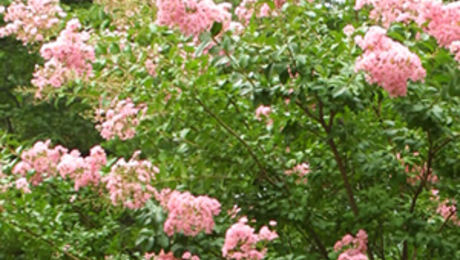
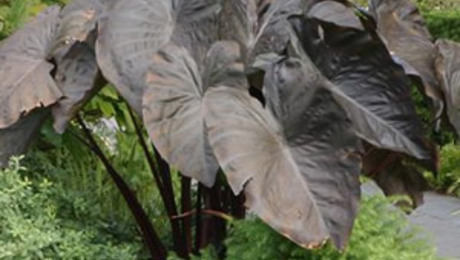
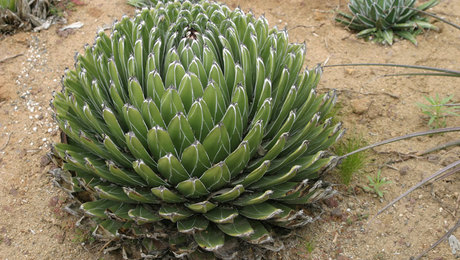
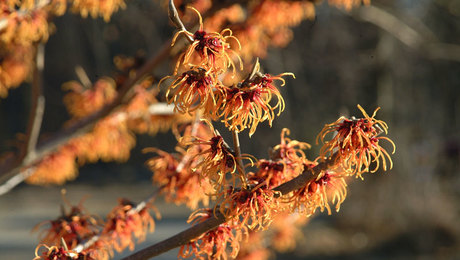












Comments
I was on your website and reading your blog its really very helpful for me imvu hack online for online shopping,online chatting
Log in or create an account to post a comment.
Sign up Log in